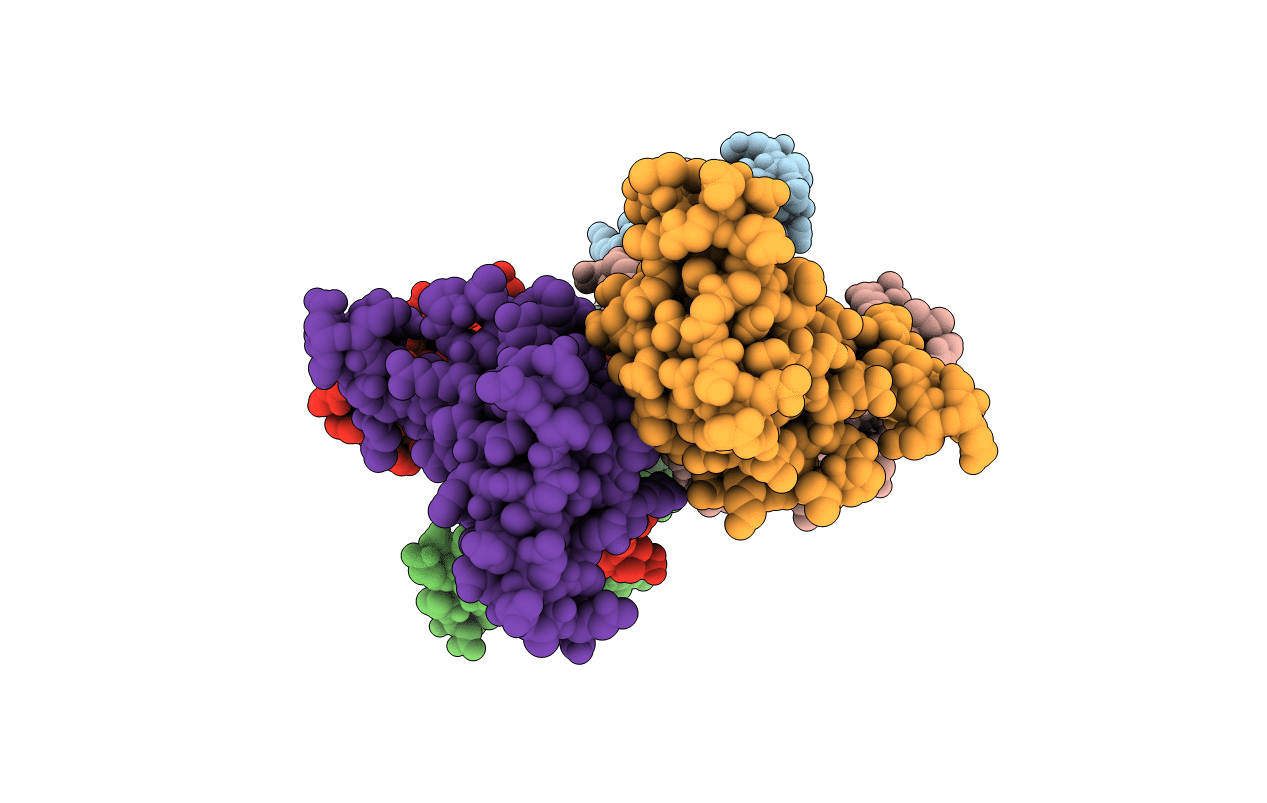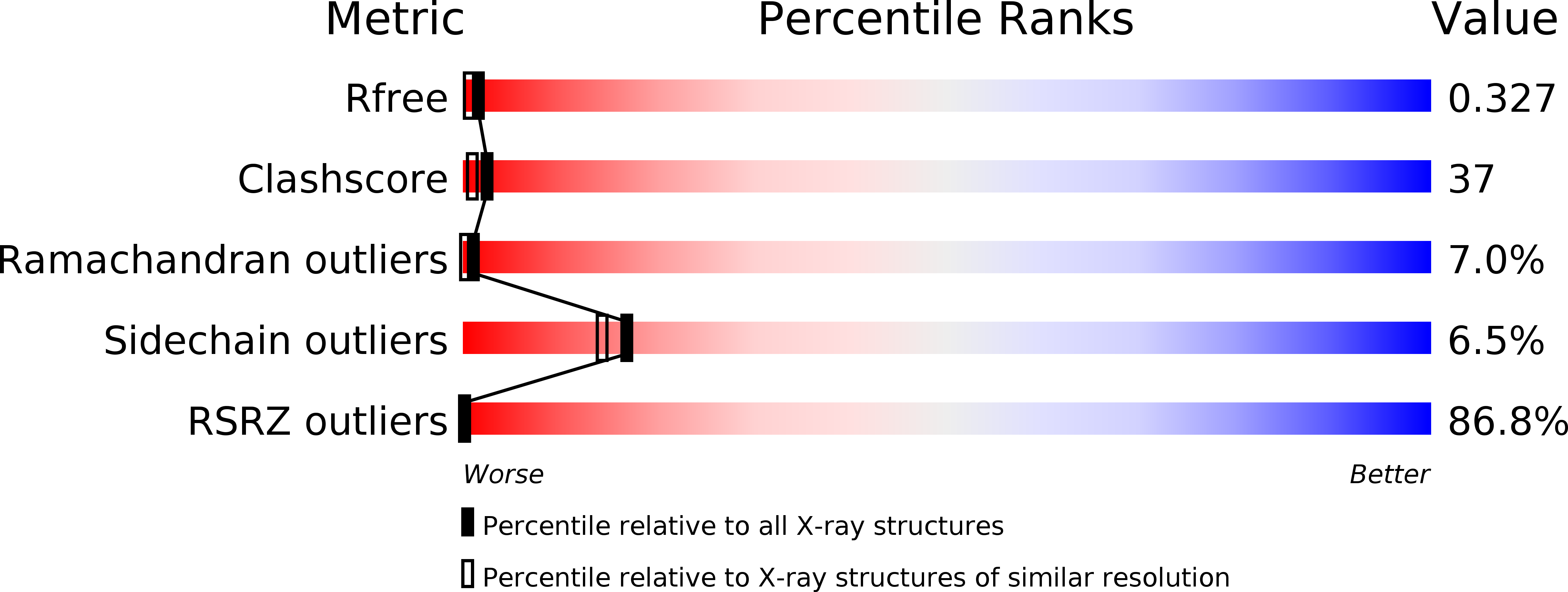
Deposition Date
2020-02-18
Release Date
2020-04-15
Last Version Date
2023-10-11
Entry Detail
Biological Source:
Source Organism:
Advenella mimigardefordensis DPN7 (Taxon ID: 1247726)
Host Organism:
Method Details:
Experimental Method:
Resolution:
2.10 Å
R-Value Free:
0.33
R-Value Work:
0.27
Space Group:
P 3


